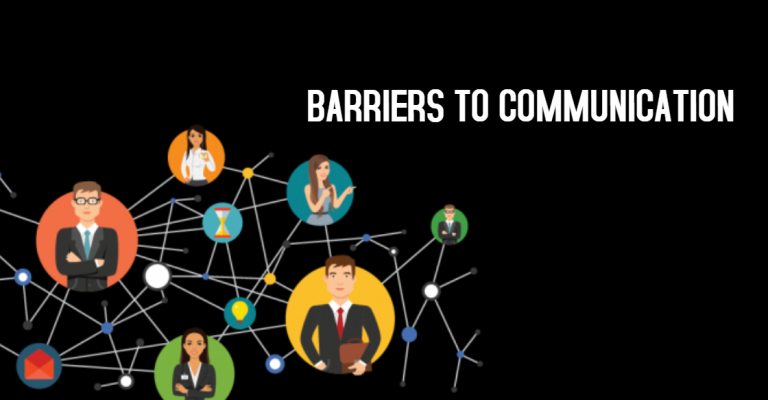Art of Questioning; Must You Know
Questioning is the breeding ground for all teaching and learning process. It increases creativity and satisfies the sense of curiosity….

Questioning is the breeding ground for all teaching and learning process. It increases creativity and satisfies the sense of curiosity….

Among the different skills, techniques of speaking skill play a significant role in each and every aspect of life. The…

In effective communication skills, constructive feedback in communication is one of the most effective ways to establish trust and credibility…

Whether you’re in a professional context or with friends and family, communication is one of the most important aspects of…

Communication style is the most powerful tool person can have in his life. But what if you didn’t know how…

Tools of Communication is an activity through which a person expresses his views, ideas and emotions. It can be written…

As we know factors of communication skills means exchanging ideas, emotions, and feelings either in written or spoken form (verbal…

Contents: Communication Skills for students Why Are Communication Skills Indispensable for Students? In a student’s academic or professional life, communication…

Among thousands of skills, some are more important than others. Based on their essence, we can compartmentalize them into two…

Communication skills are one of the top skills, you need to achieve excellence either in your personal, professional or social…
End of content
End of content